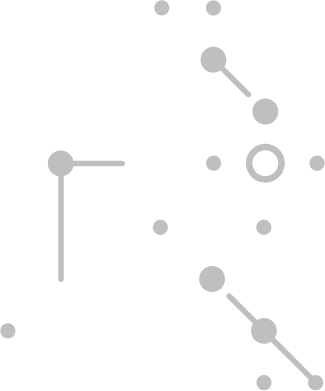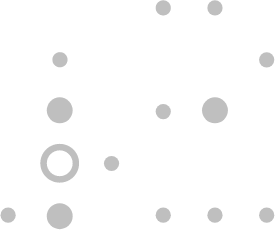System automation and orchestration have begun to play an increasingly important role in IT environments. It has become costly to maintain multiple servers and perform repetitive work. Orchestration and work automation tools allow you to manage large sets of servers in an efficient, fast and repeatable manner, improving the consistency of environments and reducing the amount of work performed by specialists. Engineers may better use their specialist knowledge in the company while carrying out simple and repetitive tasks.
We help our clients automate IT environments. We often use Ansible due to its agentless operation as well as Puppet and Chef. Clients operating in the cloud frequently decide to automate their processes by applying cloud solutions. Furthermore, we use such tools to create CI/CD processes as additional tools to help build processes.




